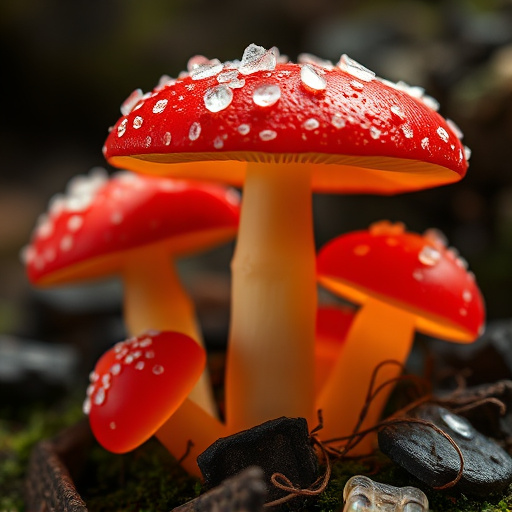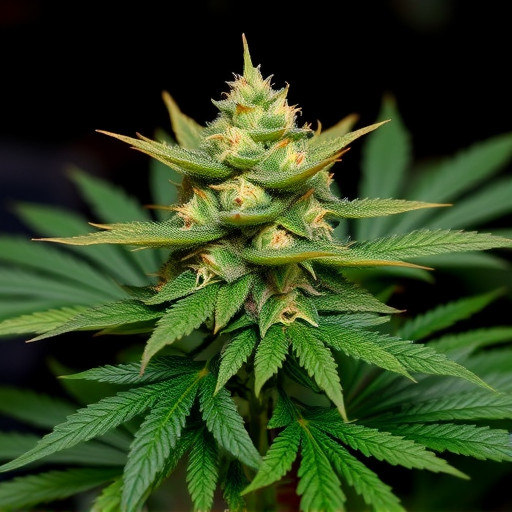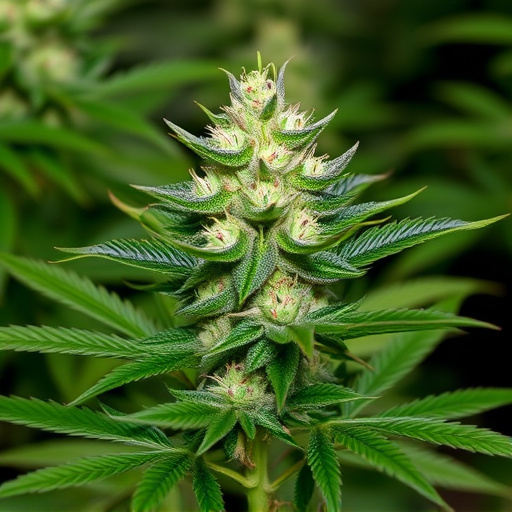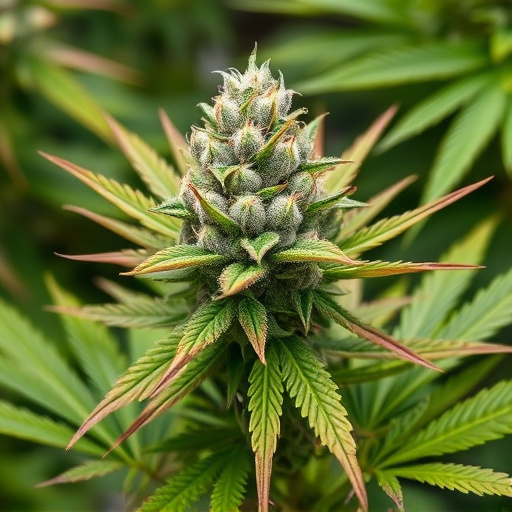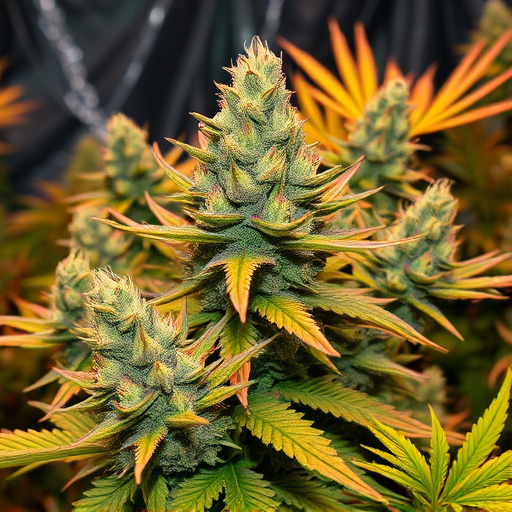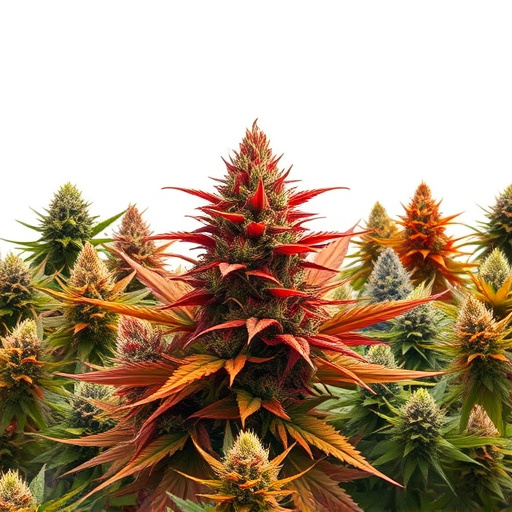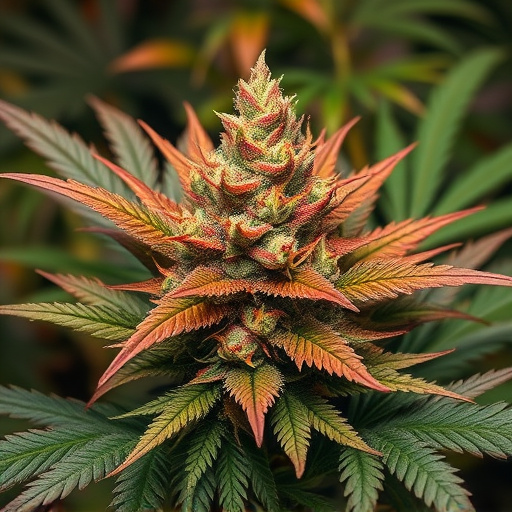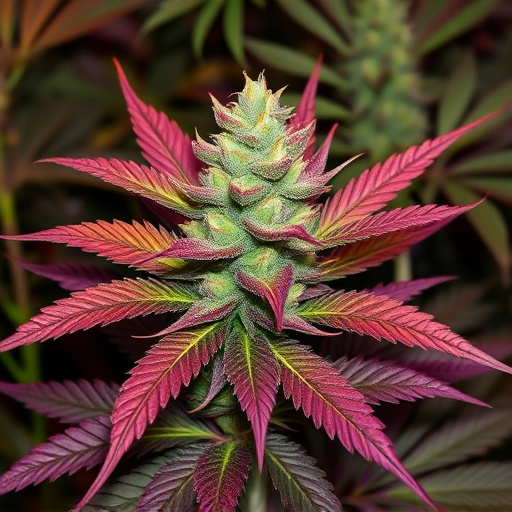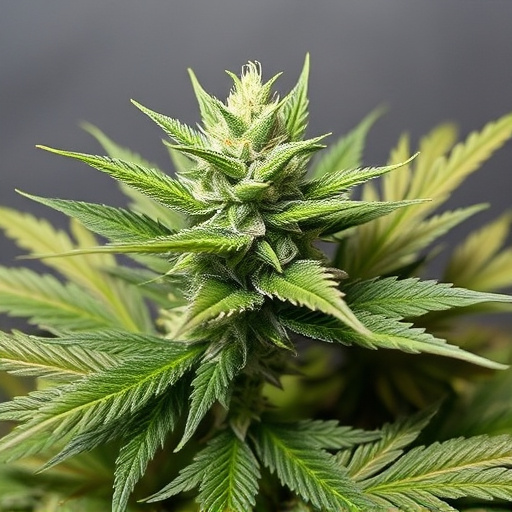The unique scents of exotic marijuana strains result from complex interactions between their genetic makeup and terpene profiles, leading to aromas ranging from floral and fruity to earthy and skunk-like. Terpenes like myrcene, pinene, and limonene significantly contribute to these variations. Cultivators selectively breed plants to enhance terpene compositions, creating strains with diverse scents catering to varied consumer preferences in the exotic marijuana market. Understanding these genetic and chemical factors allows cannabis lovers to appreciate and enjoy the wide spectrum of aromas offered by these rare strains.
“Unveiling the Mystique of Skunkier Cannabis: A Scent Journey
Cannabis enthusiasts often marvel at the diverse aromas, with some strains exuding a distinct skunk-like fragrance. This intriguing characteristic isn’t just about personal preference; it’s rooted in genetics, cultivation, and breeding practices. In this comprehensive guide, we explore why some cannabis strains smell skunkier than others. From unraveling the chemical compounds responsible to understanding the art of selective breeding, we delve into the factors that contribute to these exotic marijuana strains’ unique and captivating aromas.”
- Genetics and Terpene Profiles: The Smell Factors
- – Exploring the role of genetic makeup in cannabis scent
- – Understanding terpenes: chemical compounds contributing to skunkiness
Genetics and Terpene Profiles: The Smell Factors
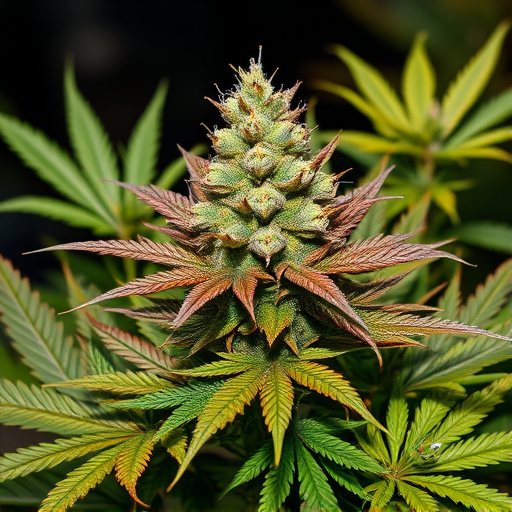
The smell of cannabis is a complex interplay between genetics and terpene profiles. Each strain possesses unique genetic traits that influence its aromatic characteristics, leading to variations in scent from floral and fruity to earthy and skunk-like. Terpenes, organic compounds responsible for much of the plant’s aroma, further contribute to these differences. Certain terpenes, such as myrcene, pinene, and limonene, are known to impart specific scents, with myrcene often linked to earthy and musky notes, pinene evoking a refreshing piney scent, and limonene offering a citrusy aroma.
Exotic marijuana strains, renowned for their diverse genetic backgrounds, can exhibit particularly intriguing smells due to the combination of rare terpene profiles. Cultivators selectively breed plants to enhance or alter these terpene compositions, resulting in strains with distinct and often robust aromas that cater to varied consumer preferences. Understanding the relationship between genetics and terpenes is key to appreciating the wide array of scents available in the world of cannabis, from subtle nuances to bold, skunkier profiles.
– Exploring the role of genetic makeup in cannabis scent
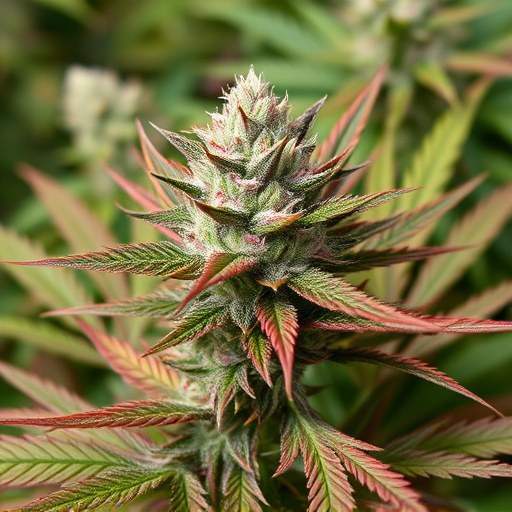
The scent of cannabis is a complex interplay between various chemical compounds, with terpenes playing a pivotal role in shaping the aroma we associate with different strains. Genetic makeup is one of the primary factors that determine a cannabis plant’s terpene profile, and consequently, its distinctive smell. Each exotic marijuana strain carries a unique genetic code that influences the types and concentrations of terpenes produced. These terpenes not only contribute to the pleasant or skunk-like scent but also offer potential therapeutic benefits, as they can interact synergistically with cannabinoids like THC and CBD.
Understanding the genetic basis of terpene production allows cultivators to select and breed strains known for their desirable aromas, catering to diverse consumer preferences. The quest for exotic marijuana strains with unique and appealing scents has driven the industry to explore these genetic nuances, offering a world of aromatic possibilities for cannabis enthusiasts.
– Understanding terpenes: chemical compounds contributing to skunkiness
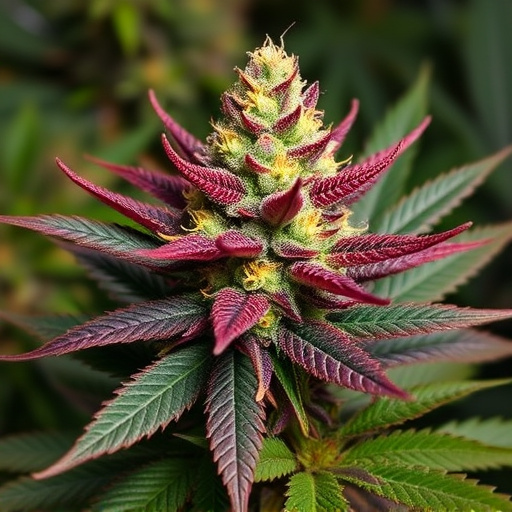
Cannabis enthusiasts often appreciate the intricate flavors and aromas offered by various exotic marijuana strains. One distinctive characteristic that sets apart these fragrant plants is the presence of terpenes—chemical compounds that play a pivotal role in imparting the unique ‘skunk’ scent many cannabis varieties are known for. These volatile oils not only contribute to the skunkiness but also influence the plant’s potential therapeutic effects and overall user experience.
Terpenes, alongside cannabinoids like THC and CBD, are responsible for the diverse range of aromas found in marijuana. Each terpene has its distinct smell and flavor profile, from citrusy and fruity notes to earthy and woody nuances. Myrcene, for instance, is commonly associated with skunkiness and is often found in higher concentrations in strains known for their pungent profiles. Understanding these chemical compounds allows cultivators to craft specific aromas and cater to diverse consumer preferences when it comes to exotic marijuana strains.
The distinct skunk-like aroma associated with some cannabis strains is a result of their unique genetic makeup and terpene profiles. While many exotic marijuana strains are cultivated for their potent effects, understanding these chemical components also allows growers and enthusiasts to appreciate the diverse scents and flavors on offer. By exploring the world of genetics and terpenes, we can better navigate the vast landscape of cannabis varieties, ensuring that each strain’s unique characteristics, including its skunkiness, are recognized and valued.


